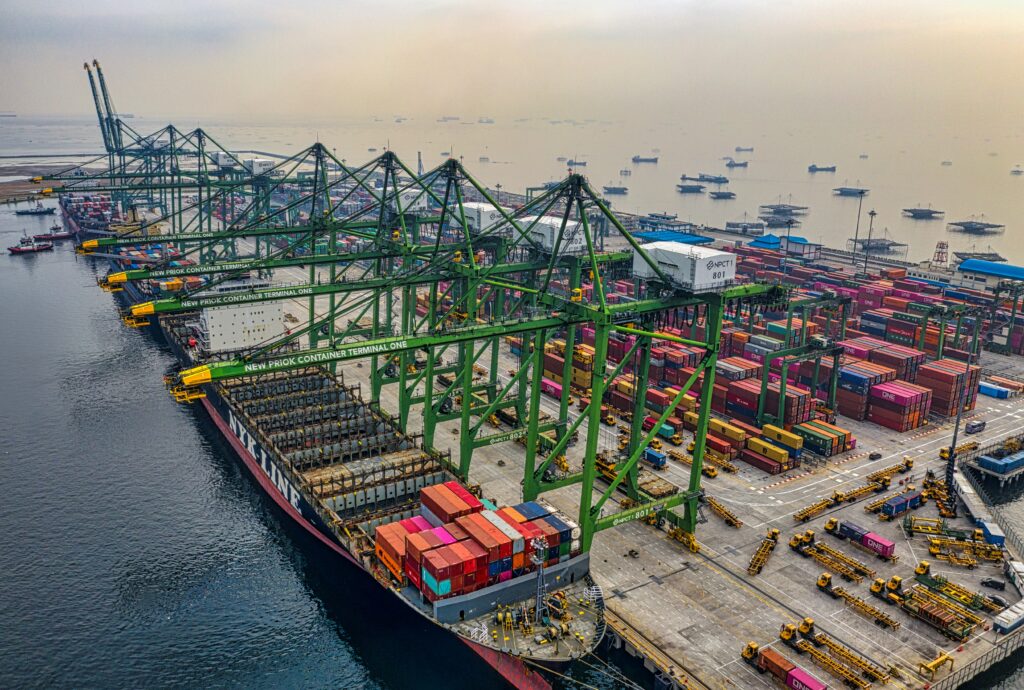State of international government oversight of ethical supply chains and the construction sector

Discussion of and attention paid to forced labor worldwide has steadily increased in recent years, and governments, like businesses, differ in their approaches to addressing this subject. Supply chains are becoming increasingly complex and the sourcing of goods ranges from dozens to hundreds of materials, so the risk of identifying forced labor at any stage of the production of those goods also increases.
To address the risk of forced labor in a country’s supply chains, some governments have opted for a public-corporate due diligence regimen, while other governments have opted for a legal or regulatory prohibition with or without enforcement consequences, and some have chosen to do nothing.
The business community has also opted for a variety of strategies from transparency and proactive engagement, to identifying and removing it through remediation, to those that take advantage of forced labor as a way to undercut competition by using labor costs as a variable in pricing goods for market, as well as those that choose to do nothing.
Laws prohibiting the importation of goods produced using forced labor in the United States contain both civil and criminal enforcement provisions,1 with outcomes ranging from civil penalties and seizures of goods, to jail sentences of up to 20 years. While firms in the architecture, engineering, and construction industries may wait for basic legal frameworks relating to forced labor to be created or existing ones enforced, there is an opportunity to move forward now and be part of the solution and ahead of the trajectory. Individuals who make sourcing and purchasing decisions should understand that simply seeking, and perhaps even finding, forced labor in a supply chain, is not in and of itself problematic, but it is what they decide to do with that information that determines outcomes. Simply avoiding asking about forced labor will not provide safe harbor, but will simply increase the risk of it coming to light through other means.
An analysis in 2016 indicated that on any given day, 25 million people were trapped in situations of forced labor,2 and that goods produced by them could easily enter into global supply chains.3 So, what does this mean for the design and construction environment? The enormous variety of materials businesses access and the broad array of labor required by projects means that businesses are uniquely placed to have a positive impact toward eliminating forced labor in many countries around the world. The creativity of these projects ensures that new materials and processes are always being sought. By choosing to use only forced labor-free work products, to diligently examine supply chains and not simply rely on assurances that labor forces are free of exploitation, design and construction industries would move into the forefront of sectors seeking to build (or rebuild) a world that does not rely on the exploitation of some for the benefit of others.
Access to worksites to look for indicators of forced labor may be made difficult by government policy, irregular governance, remote locations, or unwilling owners, so reliance upon static and certification programs operating under such restrictions may create high-risk situations relating to forced labor. Assessing risk in supply chains and making decisions not to source from high-risk areas, as well as areas that do not permit corporate due diligence, will drive change as sourcing companies and countries begin to lose access to markets, and realize that only by being part of the solution and addressing forced labor can they hope to regain access to these markets.
The potential for criminal and civil enforcement actions, as well as the risk of reputational brand damage for using goods produced using forced labor, is growing. The need to quickly move and redraft affected supply chains, and the resultant lost revenue while all of this occurs, are equally important considerations for the business community. It can be countered in advance of enforcement actions and changing government due diligence requirements by simply deciding to change sourcing strategies to exclude any goods potentially produced using forced labor. This is a challenge, but obtaining and using responsibly-sourced goods that do not exploit others should be part of every business decision.
In conclusion, sourcing forced labor-produced goods and materials is not a sustainable business model. The opportunities for the design and construction environment to be invested as a driver of change and a forerunner in this trajectory are broad and varied.